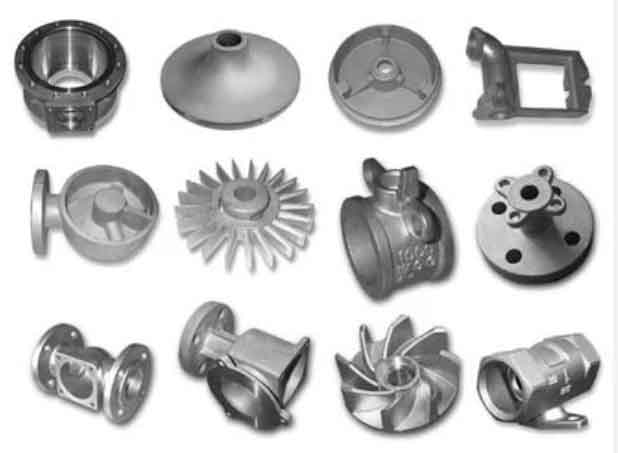
Ductile iron casting is known for its efficiency and cost-effectiveness in metal production. Here are some key factors that contribute to its efficiency and cost-effectiveness:
1. Material Properties:
Ductile iron exhibits excellent mechanical properties, including high strength, good ductility, and impact resistance. These properties allow for the production of components with thinner wall thicknesses, reducing the material requirements and overall weight of the castings. This, in turn, leads to cost savings in material consumption and transportation.
2. Design Flexibility:
Ductile iron casting offers design flexibility, allowing for complex shapes and intricate features to be easily incorporated into the casting design. This eliminates the need for additional machining operations, reducing the overall production time and costs. The ability to consolidate multiple components into a single casting also leads to cost savings and simplifies assembly processes.
3. Process Efficiency:
Ductile iron casting processes, such as green sand casting or lost foam casting, offer high production rates and efficiency. These processes enable the production of large quantities of castings in a relatively short time, resulting in reduced production costs per unit. Additionally, advancements in automation, robotics, and process control technologies further enhance process efficiency, minimizing human error and increasing productivity.
4. Machinability:
Ductile iron is known for its good machinability compared to other cast iron types. It can be easily machined using conventional cutting tools and techniques, reducing machining time and costs. The improved machinability of ductile iron allows for tighter tolerances to be achieved, eliminating the need for additional finishing operations and further reducing costs.
5. Tooling and Equipment Durability:
Ductile iron has excellent wear resistance, which extends the life of molds, dies, and other tooling used in the casting process. The durability of tooling reduces the need for frequent replacements, leading to cost savings and increased overall efficiency.
6. Cost of Raw Materials:
Ductile iron is made from readily available and cost-effective raw materials, primarily iron, carbon, and small alloying elements. Compared to other metals and alloys, the cost of ductile iron is relatively lower, making it an economical choice for many applications.
7. Recycling and Sustainability:
Ductile iron castings are highly recyclable, allowing for the reuse of scrap and production waste. The recycling process consumes less energy compared to primary metal production, resulting in cost savings and reduced environmental impact. The sustainability aspect of ductile iron casting aligns with the increasing focus on environmentally friendly practices in the manufacturing industry.
The efficiency and cost-effectiveness of ductile iron casting make it a preferred choice for many metal production applications. Its material properties, design flexibility, process efficiency, machinability, durability of tooling, cost of raw materials, and sustainability benefits contribute to lower production costs, faster production cycles, and enhanced overall efficiency in metal production processes.
